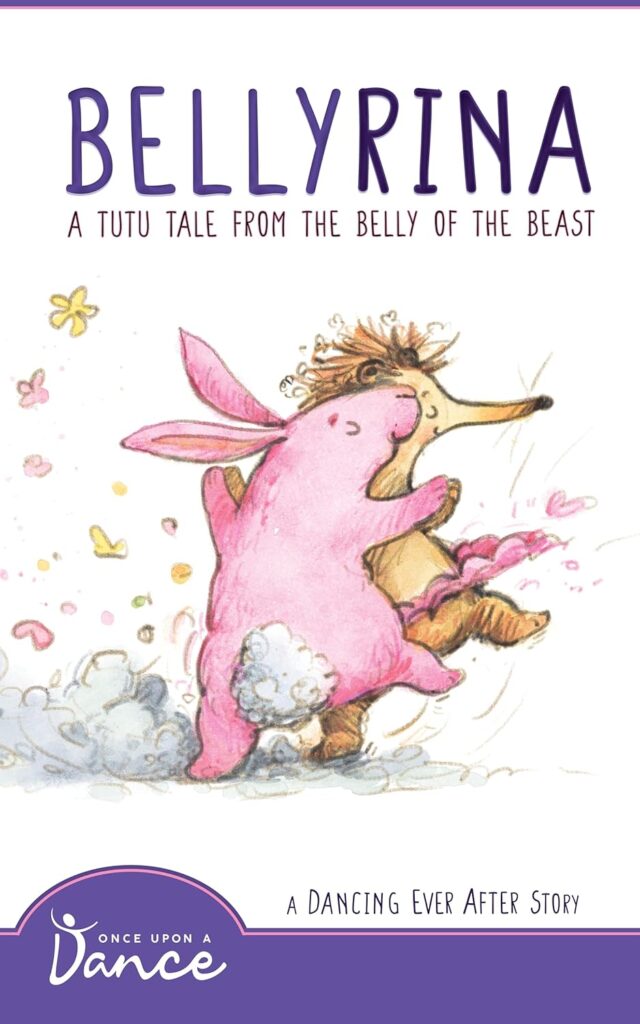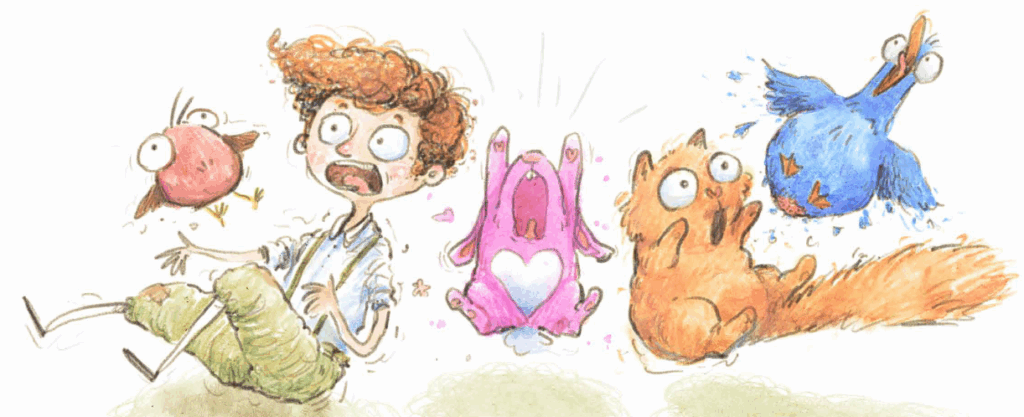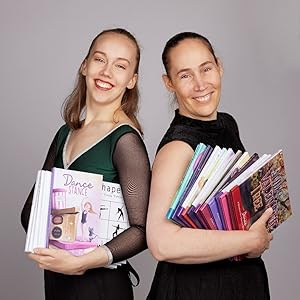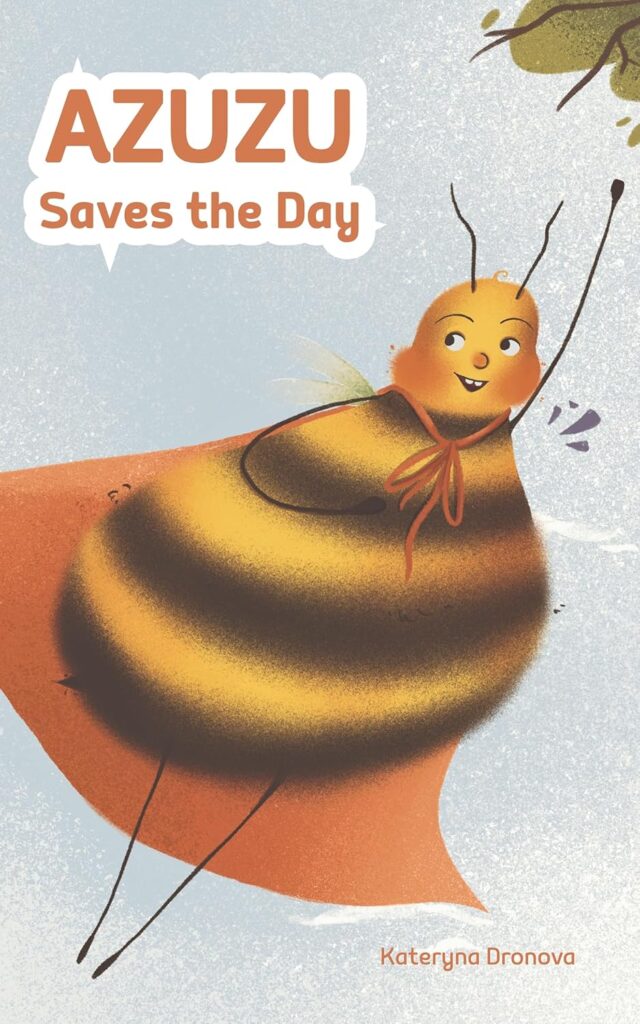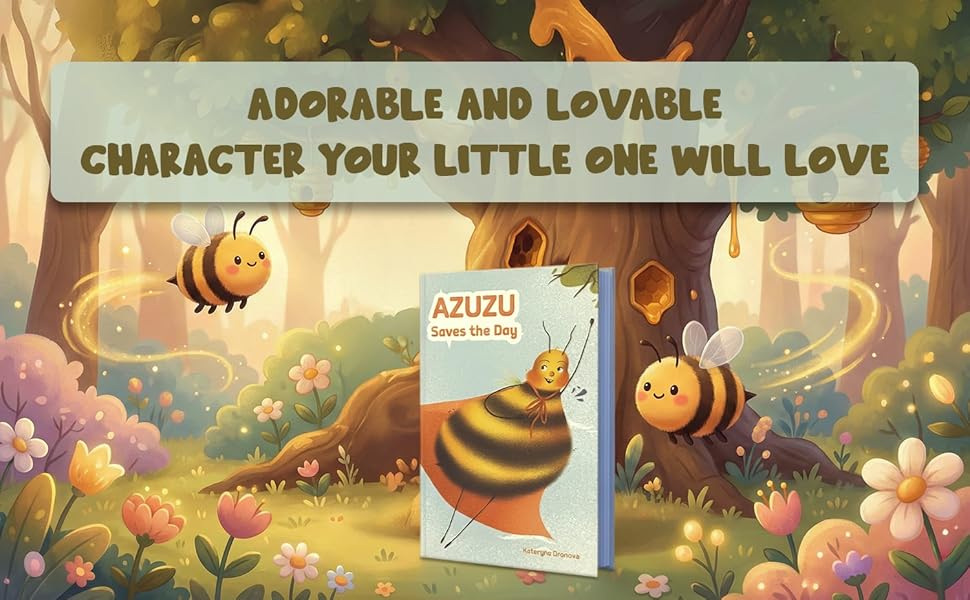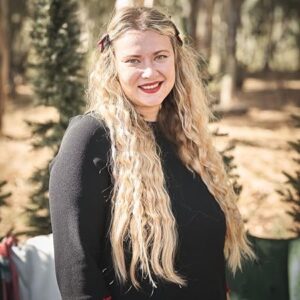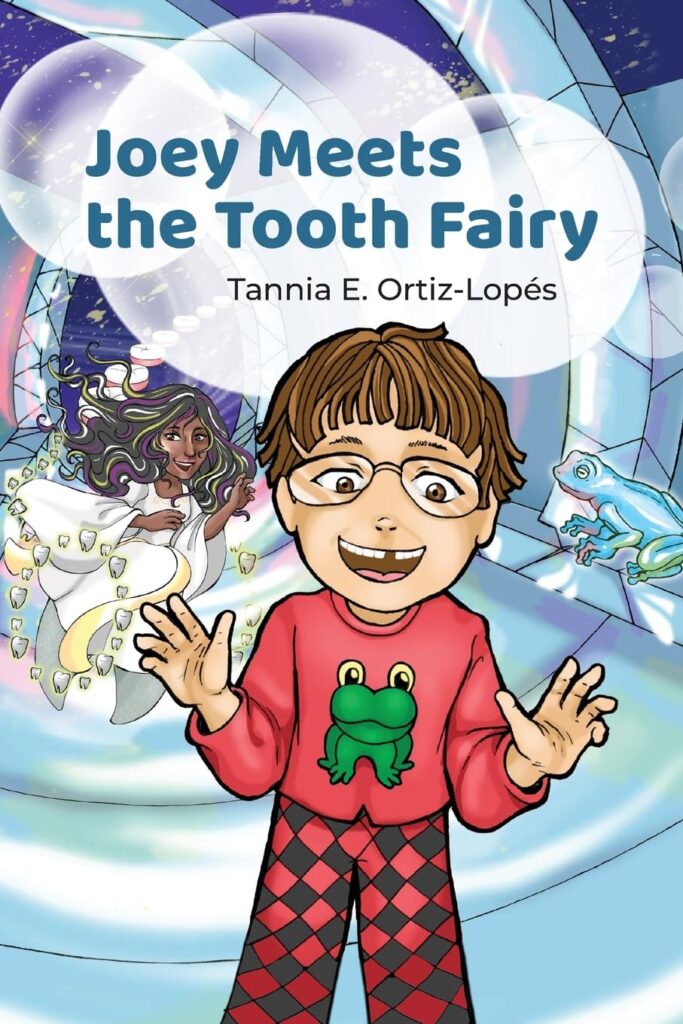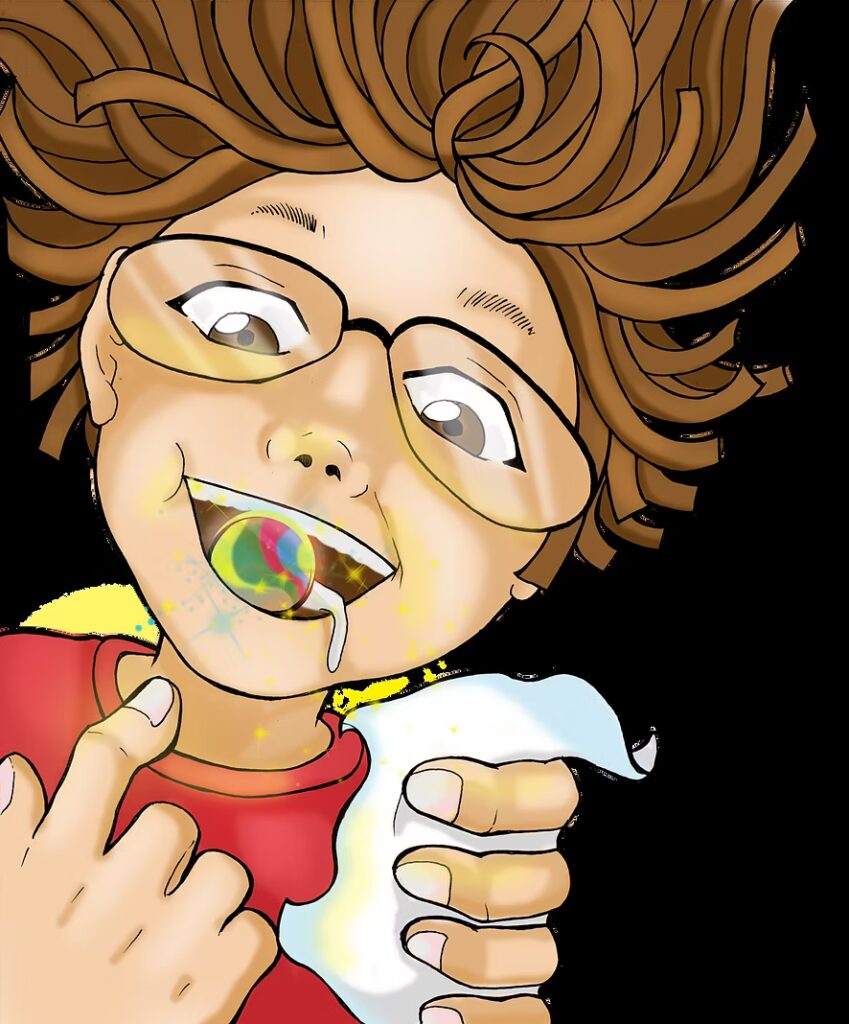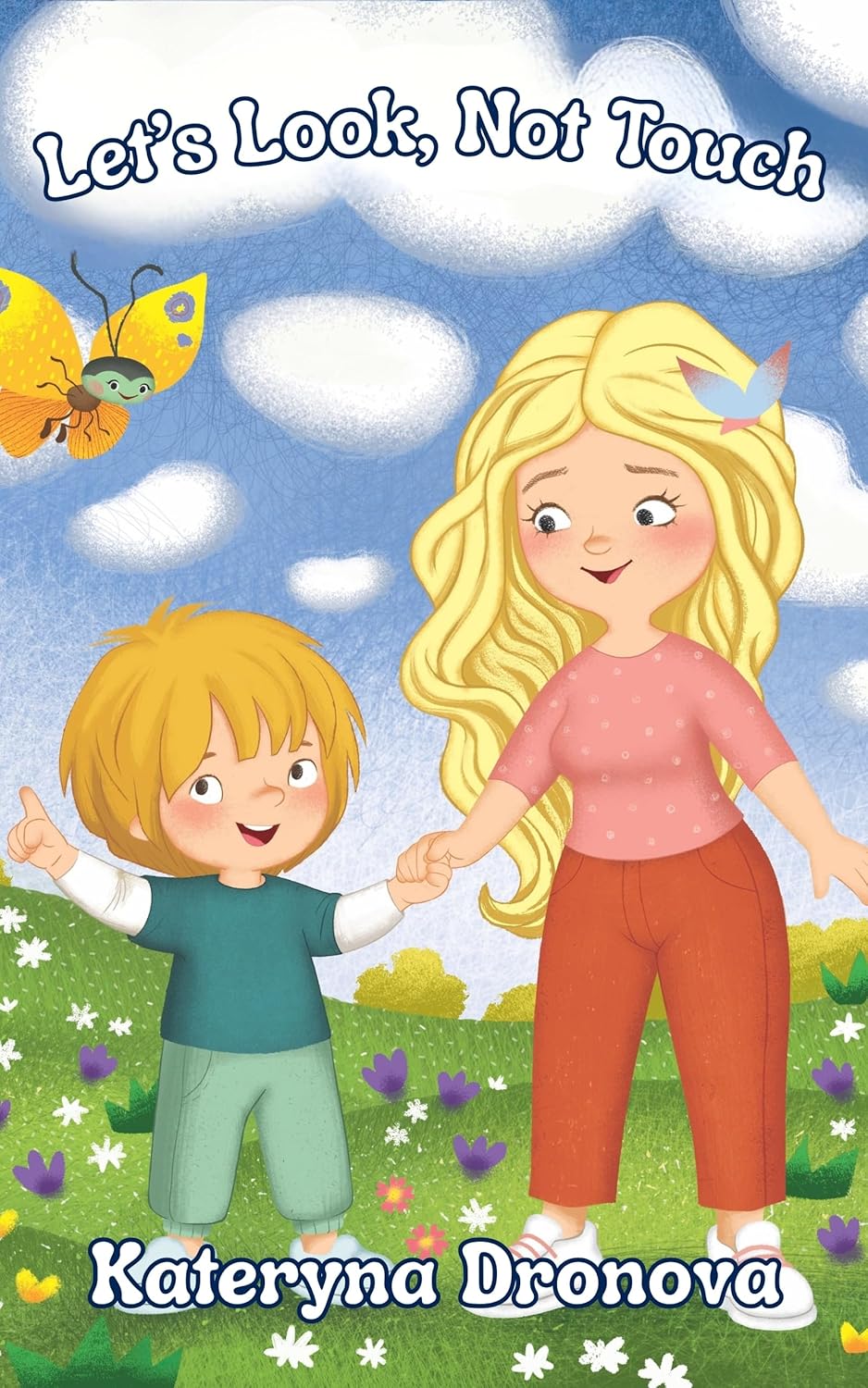
Wherever Mom and her boy go—beach, park, or brook—the curious child loves to stop and look. From frogs that leap to turtles that clutch, Mom always smiles and says, “Let’s Look, Not Touch.”
But when a birthday surprise pops up just right, will Mom’s rule change on this special night?
Let’s Look, Not Touch is a rhythmic read-aloud picture book for kids that celebrates a child’s curiosity, teaches respect for wildlife, and shares the gentle lessons of patience and care. With its repetitive refrain and heartwarming message, this book makes learning about nature and animals an adventure—and builds a love of wildlife that lasts a lifetime.
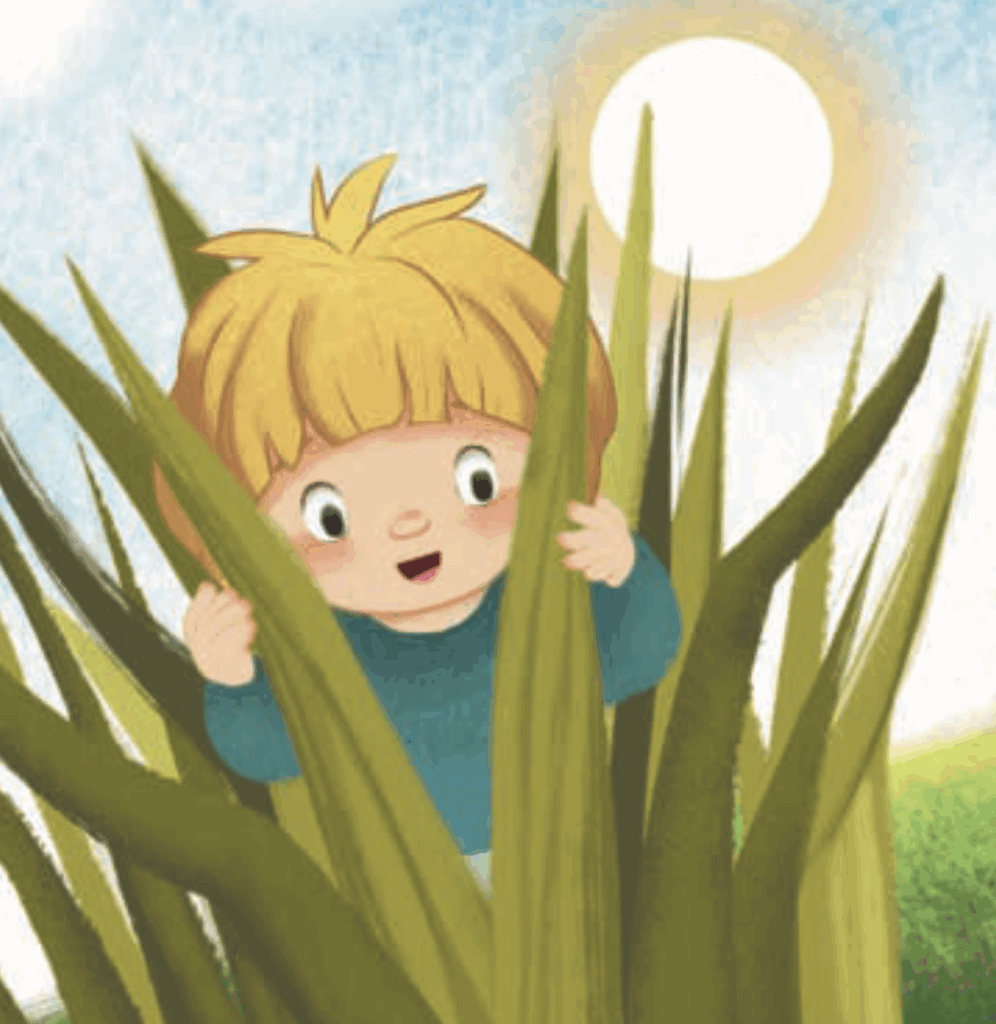
I received a complimentary copy of this book from Reedsy Discovery. I voluntarily chose to read and post an honest review.
Kids are inquisitive, and how they learn about the world changes over time. Babies and toddlers explore through touch. Their brain sends a signal instructing them to touch and feel everything. While some objects are safe to touch, others are not. Let’s Look, Not Touch is a rhythmic story that follows a mom and her little boy as they explore different locations, discovering new friends in nature, and learning to observe without touching. The beautiful story teaches young kids to respect nature and be kind to all living things, important lessons to begin learning at a young age.
Join the mom and son as they observe a starfish that has washed up on the beach. Teach kids to be mindful of snakes and spiders, especially when you don’t know whether they are poisonous. Take this engaging book to the park and feed the birds like the characters do in the story. Reminding kids to follow the book’s mantra: “Let’s look, not touch.” Listen to the frogs’ croak and watch as fireflies light up the night sky. Again, helping kids remember these four words: “Let’s look, not touch.” There is so much more to see and explore in this wonderful tale. The mom prompts the child to keep their hands away from certain animals and bugs, but there’s one animal the mom says yes they can touch. Read the story to find out what it is!
Kids do learn by touching objects, but they also learn through repetition. Repeating “Let’s look, not touch” in daily routines reinforces understanding of what is safe to touch and what should only be observed. I recommend sharing Let’s Look, Not Touch with your baby and/or toddler, especially before heading outside, to help instill respectful exploration habits early on. It’s beautifully written and illustrated. I even found the spider cute, and that is an amazing, artistic feat! My only small change, in the overall great story, would be the presentation of text. Placing the text on a solid color or less busy section of each page would make the words pop more. It was still a great read, though, and deserves four stars!
Heart Rating System:
1 (lowest) and 5 (highest)
Score: ❤❤❤❤
Meet the Author
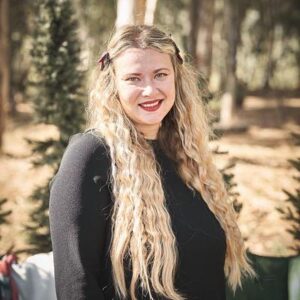
Amazon Author Page Link
Instagram Link
Reedsy Author Link
![]()

